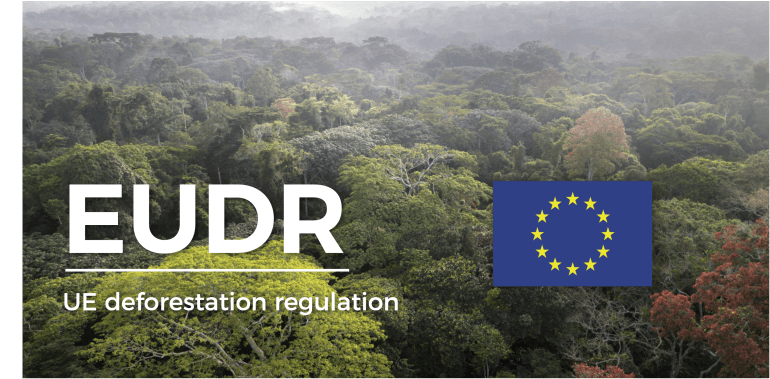

06.06.2025
The publication of the country benchmarking by the Commission marks a key stage in the implementation of the EUDR. However, it is important to understand its scope - and its limits - so that you can adjust your compliance strategy without taking the wrong shortcuts.
A webinar organised on 27 May by the competent French authorities clarified the obligations of operators and answered the many practical questions asked by players in the sector.

On 22 May 2025, the European Commission published its first official list classifying countries according to their level of risk under the Deforestation Regulation (EUDR - EU Regulation 2023/1115). This long-awaited list aims to differentiate due diligence obligations according to whether raw materials come from low-, standard- or high-risk countries.
On this subject, see our article dated 24 May 2025.
Understanding country rankings, so you don't misuse them
With the publication of the first official country classification list on 22 May, the implementation of the EUDR is entering an operational phase. This classification, based on the level of deforestation risk associated with each country's raw materials, provides a three-level map (low, standard, high) that will structure operators' due diligence strategy.
But beware: behind this simplistic benchmark lie many points to watch out for. Far from being an automatic green light, 'low risk' classification requires informed reading and active risk management, particularly as regards legality, traceability and the risks of mixing.
What the rankings say - and above all what they don't say
The classification is based firstly on statistical data: deforestation rate, agricultural expansion for the products covered (wood, soya, cocoa, etc.) and production volumes. The aim of this approach is to prioritise controls and adapt operators' obligations.
However, qualitative criteria - such as the solidity of legal systems, recognition of indigenous rights or data transparency - were only included in a secondary manner, and only for 'borderline' countries between two risk levels. Countries classified directly as 'low risk' have therefore not been assessed from this angle.
In addition, forest degradation was excluded from the initial analysis due to a lack of consistent data from the Member States. An update of the methodology is planned for 2026.
This classification eases certain obligations, but does not cover forest governance, effective law enforcement or the logistical risks associated with complex supply chains.
Operational impact: monitoring, mapping and strategy
This classification is not an automatic simplification of operators' obligations: it is an adjustment tool, which in turn requires the ability to :
In other words, simplified due diligence is only possible if you can demonstrate that the risk does not exist. If there is no analysis of legality or control mechanisms in the classification, you need to be extra vigilant.
What we recommend
In this context, we continue to strongly recommend the use of sustainable management certifications, even in countries classified as low risk. These schemes offer an additional guarantee of legality, traceability and separation of flows.
They also allow us to prepare for future changes: the classification is set to evolve from 2026, based on new data available (in particular the FAO's next FRA), responses from third countries, and experience gained in the field.
Webinar with the French authorities: review of the discussions held on 27 May
The Ministry of Ecological Transition, the DGPE and the DGDDI organised a comprehensive webinar on 27 May 2025, designed to present:
The presentation materials and the replay can be accessed via the links below in this news item.
Download the document from the Directorate-General of Customs and Indirect Taxes (DGDDI)
Download the document from the General Commission for Sustainable Development (CGDD)
Note: this is an unofficial translation provided for informational purposes only. In case of discrepancy, the original document in French shall prevail.
The replay is available here (in French).
Please note that, as the Ministry's departments have pointed out, these teaching aids are intended to make it easier to understand the regulations. The reference documents remain of course the regulation and the EU regulatory and infra-regulatory documents.